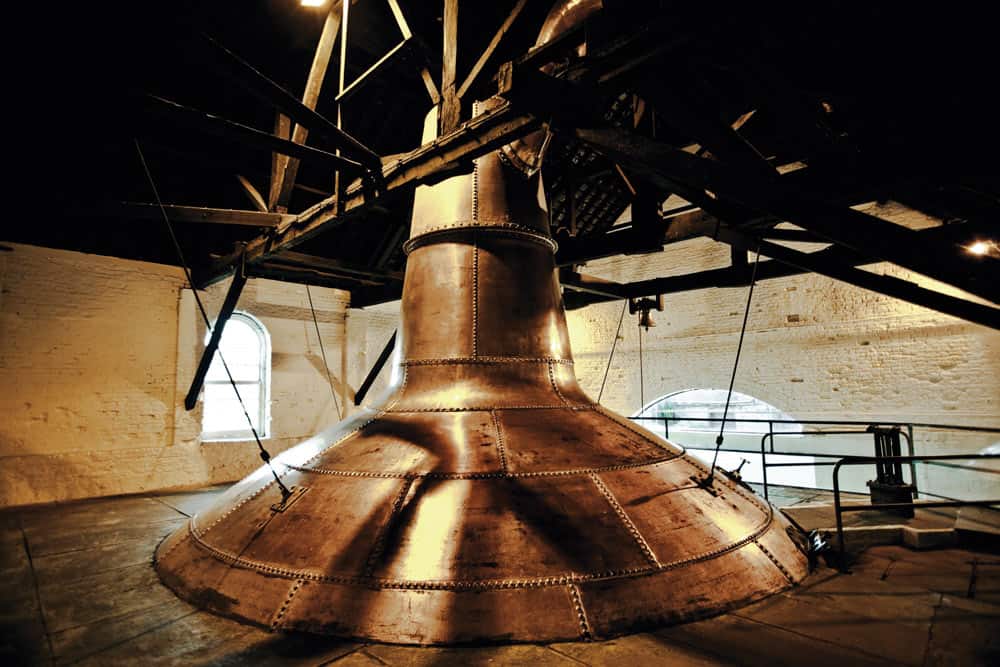Interest is growing, but not all can stake a claim in the Irish whiskey category, writes Protégé International Chairman Andre Levy

Andre Levy
The Irish whiskey industry is experiencing a modern-day gold rush, seemingly offering opportunities for all prepared to stake their claim as part of the fastest growing spirits category globally. The perception is that this growth is being driven as much by the smaller, emerging brands that appeal to the millennial generation seeking something new, unique and authentic as it is by the larger, multinational players.
The reality however is quite different and is characterised by the good, the bad and the ugly – driven by misconceptions of consumers, played on by misinformation from the dominant players and a lack of awareness among key actors across Government and industry alike.
There is an opportunity to emulate the success of the Scotch wholesale market
The good
Irish whiskey is a key element of the Irish drinks industry, worth in total €1.4bn per Bord Bia, and which will see the current number of working distilleries in Ireland potentially rise from 12 to 39 by the end of the decade.
New offerings have come to market including Diageo’s re-entry to the sector with Roe & Co and Brown Foreman’s Slane Whiskey along with smaller, emerging brands seeking to use the best in locally sourced raw materials for their product. All good, but we must ask ourselves what is the reality?
The bad
The simple fact is that most Irish whiskey you see on the top shelf will have come from the Pernod Ricard-owned Midleton Distillery, the Beam Suntory-owned Cooley Distillery or the Jose Cuervo-owned Bushmills distillery.
The mandatory three-year maturation period means those attempting to create a brand have no access to a secure supply
and must buy from the mentioned
dominant players before their own supply is readily available.
The three dominant multi-nationals appear to be very selective in who they will supply and who therefore will be allowed to compete in the Irish whiskey category.
Diageo’s recent re-entry in to the market as a ‘new’ entrant will further serve to maintain the status quo. Another major issue is structural, in that the absence of a wholesale bulk whiskey market, akin to the Scotch way, which has facilitated the staggering growth of Scotch whisky, is a serious barrier in the route to market for emerging brands.
So, despite the positive commentary surrounding the industry, it is here we see ‘the bad’. The reality is that many smaller Irish whiskey brands will fail due to this current market structure which is capital intensive and places nearly all control with these large, multinational players.
The talented, emerging brands, hailed as leading the whiskey revival, are merely a smokescreen for the large players who maintain a high level of control over their route to market.
And the ugly
The ugly truth is that the question now needs to be seriously asked why these large established players openly operate in a wholesale bulk whiskey market for Scotch, but refuse to support the Irish whiskey market in the same way?
There is an opportunity to emulate the success of the Scotch wholesale market, which has facilitated the growth of a huge industry of 5,000 blended whiskies and hundreds of malts and exports that will potentially exceed the value of North Sea Oil.
The Irish Whiskey Association allegedly supports the idea of mirroring the Scotch wholesale bulk market; calling for the establishment of a wholesale bulk Irish whiskey market in their ‘Vision for Irish Whiskey’, thus ensuring that it should be possible to enter the market without having to build a distillery, and that a properly functioning internal market for bulk mature and immature whiskey develops.
Indeed, given the lack of a functioning mature wholesale market supplying the smaller independents, the unfortunate impression seems to be one of the majors sharing the Irish whiskey category between themselves as neither Diageo nor Brown Foreman appear to have had difficulty in obtaining sufficient quantities of mature whiskey to support launches across several continents.
Smaller brands, some in the market since 2002, are however simply being refused supply or supplied only in sufficient quantities to maintain a small presence in the market, challenging the claims of a renaissance in the category outside of the three majors or those they elect to supply.
Irish whiskey has a staggering amount of potential in today’s market, potential which the dominant international players are clearly benefiting from based on market growth.
This potential can and should be fully realised by all parties, both large and small, with the introduction of a wholesale bulk Irish whiskey market to enable smaller, emerging players to develop both their brand and a sustainable business. Irish whiskey is a special spirit, and it is one which must be allowed to express itself with creativity rather than being shackled by a select few if it is truly to realise its much talked about global potential.
The question is, is the attitude of the large multinationals depriving the Irish economy of the same benefits accruing to the Scottish economy? These being, direct employment exceeding 10,000 mainly in deprived rural areas and export revenue expected to exceed €5bn by 2020, all driven by a healthy wholesale mature whisky market operated by the same players that refuse to do so in Ireland. It’s a tragedy.
About the author: Andre Levy is Chairman of Protégé International, parent company of The Wild Geese Irish Whiskey.

